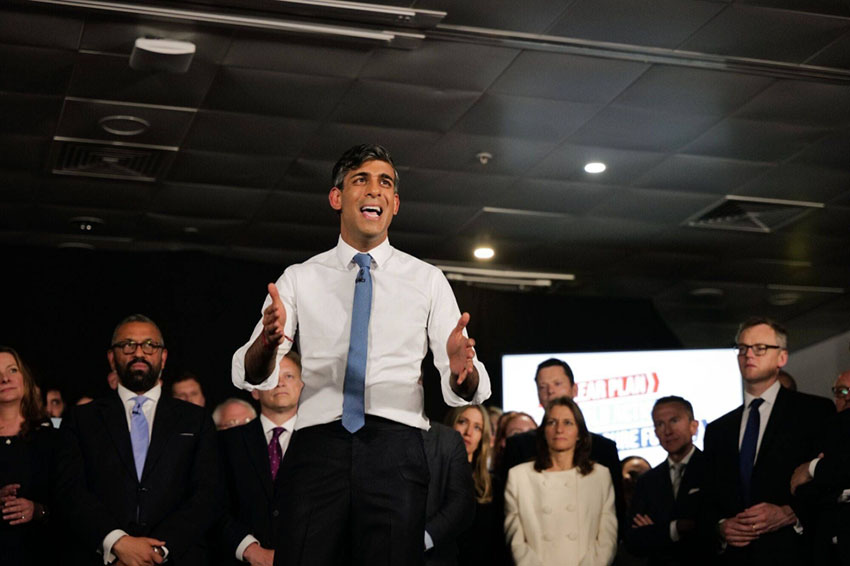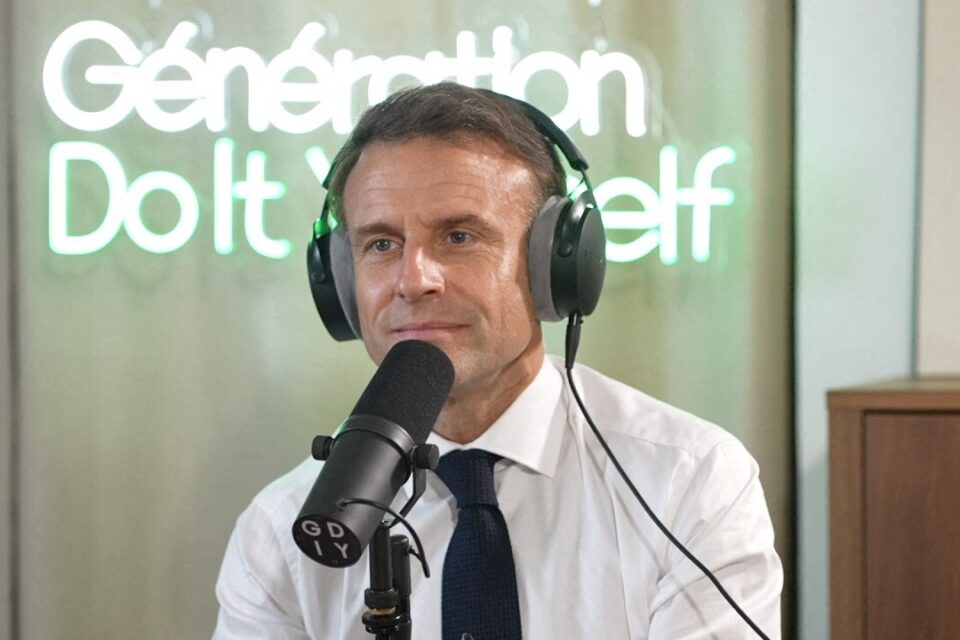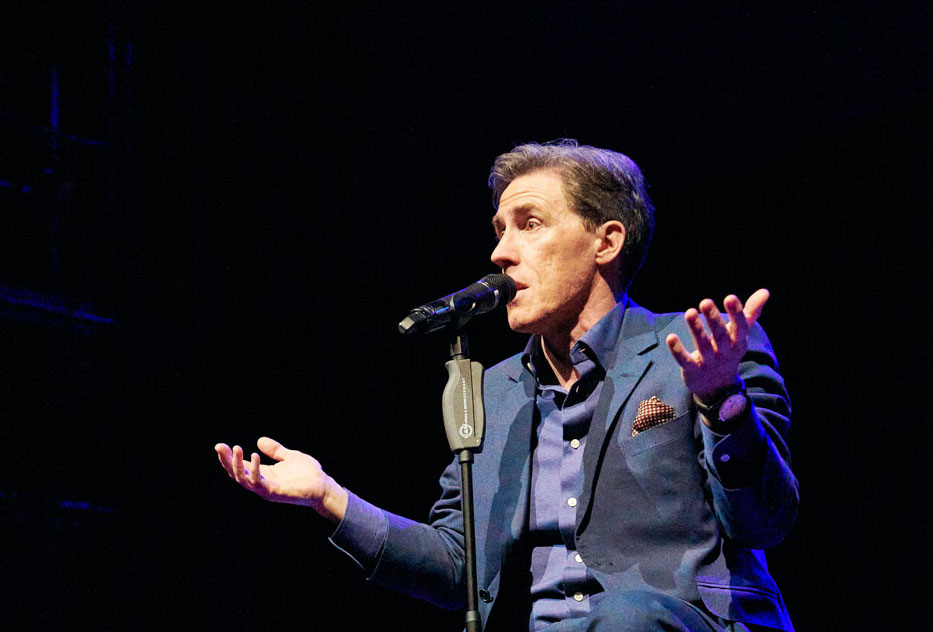In the US, in the UK, and in France, the clearest election campaign talking points have been about presentation, not policy.
Three battles of political communication, affecting the lives of hundreds of millions, but voters are most interested in talking about what they see and feel.
There are a few pertinent points for executives. In this edition, we have three insights from three wobbling incumbents — and one non-political palate cleanser from a comedian.
Did a 10ft Walk Derail Biden’s Second Term?

- Joe Biden’s debate performance will be one of this US election cycle’s most consequential moments. But its most damaging parts weren’t his actual answers.
- Trump’s team reportedly negotiated hard so the format would open with shots of the two men walking onto the stage. As a result, the first thing viewers saw of Biden was his stiff walk, and Trump’s relatively freer movement.
- Split screen was unforgiving too. Each candidate spent half the format on camera, without speaking, listening to their opponent. And Trump did this better. He fixed Biden with a quizzical look, while in the equivalent moments, Biden looked distant and unfocused.
- Research suggests that audiences respond to visual cues first and the content of argument fractionally later (if at all).
- So these details matter for every leader. Most townhalls happen on camera now. And the business channels are overwhelmingly watched with the sound off in offices.
Top takeaways for leaders: Yes, what you say should matter more than how you look. But your audience may not be able to help how they respond.
Where You Stand, Is Where You Stand. Just Ask Rishi Sunak

- In the UK’s election, embattled Prime Minister Rishi Sunak managed to create the most influential single photograph of his campaign without being present.
- Media coverage about his absence from part of the D-Day commemorations was intense. And it might have been resolved by his swift apology if it weren’t for this photograph, in which David Cameron stood in for him alongside global peers.
- The cautionary tale for executives? Photos are a heuristic – a helpful shortcut for your audience to your strategy and values. Where you stand, is where you stand.
- You’ll notice many leaders look to match the backdrop of their media interview to the content of the message – like Intel’s Pat Gelsinger does here.
- Equally, if customers, partners or junior talent are a key audience, they will better understand you value them when they see photographic evidence of your giving diary time to them.
Top takeaways for leaders: Photos aren’t an addition to the message – often they’re the only message your audience will absorb.
Was Macron’s Podcast Preaching to the Converted?

- Emmanuel Macron’s team have reportedly concluded that less is more for the French President – recommending he keep a low media profile in the face of low personal approval ratings.
- But his team hasn’t had much success. “Generation Do it Yourself”, is a longform interview podcast in which opinion leaders spend two hours sharing their vision and ideas with its audience of educated city-dwellers. Macron recorded an episode last week.
- Plenty of outlets wondered about the choice of format: what was the purpose of giving 2 hours of precious presidential time to an already-sympathetic audience? Is it because he likes the sound of his own voice? Is he only comfortable speaking to “his people”?
- It’s worth noting that this was an interview in which he also mentioned the spectre of ‘civil war’ ahead for France. Political reporting in UK, France and the US is increasingly dominated by personality-driven ‘mistakes’.
Top takeaways for leaders: The words are the easy part. The delicate part of a media strategy is identifying the right interviewers and platforms.
A Comedian’s Guide to Rescuing a Nose-Dive of a Speech

- Your interviewer is looking confused, your audience is starting to check their phones, perhaps the board members are starting to sigh.
- Every leader has moments when their communication doesn’t land. What can you do to rescue the room? How do you project confidence when your pulse tells you you’re starting to panic? Comedian Rob Brydon’s advice is worth listening to (from around 5 mins in).
- He says when gigs are going badly, he does the reverse of what his instincts tell him to. “You slow down. You smile.” Project a quiet, “non-bombastic” confidence, advises Rob.
- He’s right that given neither fight nor flight are feasible options for most leaders, overruling your instincts becomes the answer. Takes practice.
Top takeaways for leaders: When it’s not working, don’t listen to your heart.

